Edinburgh and The Yorkshire Dales
- dougsmith51
- Oct 15, 2023
- 6 min read
Updated: Oct 28, 2023
On Wednesday, September 20 we took the ferry from Stornaway on the Isle of Lewis to Ullapool on the Scottish mainland, about a two-and-a-half hour trip. Our destination for the evening was Edinburgh, but we'd discovered that Balmoral, the Royal Family's Scottish estate, was open for tours of the grounds. We stopped there and spent a couple of hours walking around. Unfortunately, no members of the Royal Family were on hand for selfies.
The castle was a gift from Prince Albert to Queen Victoria, and most of it was built in the 1800s. Even the public bathrooms were fancy as evidenced by the faux stone wrap on the outside of a glorified shipping container that held the loos.
The morning after our arrival in Edinburgh, we breakfasted with an old colleague of Doug's, Helen Rothery, from his days as Chief Operating Officer of Professional Healthcare Resources. Helen had been one of PHR's branch managers, and had returned to Edinburgh after her retirement. They enjoyed catching up.

We spent a couple hours touring Edinburgh's Royal Botanical Gardens.

They were hosting a special exhibition of costumes and room decorations which would be traveling internationally. At each location, local florists were invited to decorate mannequins and rooms representing different countries. We had a chance to chat up a couple of florists who were refreshing their displays, something they needed to do every 2-3 days. We learned more about how they sourced plants to create some of the more unusual textures of their designs.

As we walked through the gardens we bemoaned the fact that, despite having been in Scotland for almost two weeks, we had not heard a single bagpipe. Almost on queue, we then stumbled upon a band of pipers who were entertaining at a private event.
Edinburgh is quite a hilly city, and we walked to the top of Calton Hill for a panoramic view. In one direction, we could see the expansive bay opening out from the River Forth (the bay is called the Firth of Forth - no joke). In another direction, we would see the oldest part of the city crowned by Edinburgh Castle on its own hill.
In yet another direction, we saw Arthur's Seat, an ancient volcano. We could just make out tiny hikers standing at the edge of the cliff.

We walked back down into the city and then up The Royal Mile, a narrow street packed with restaurants and souvenir shops.
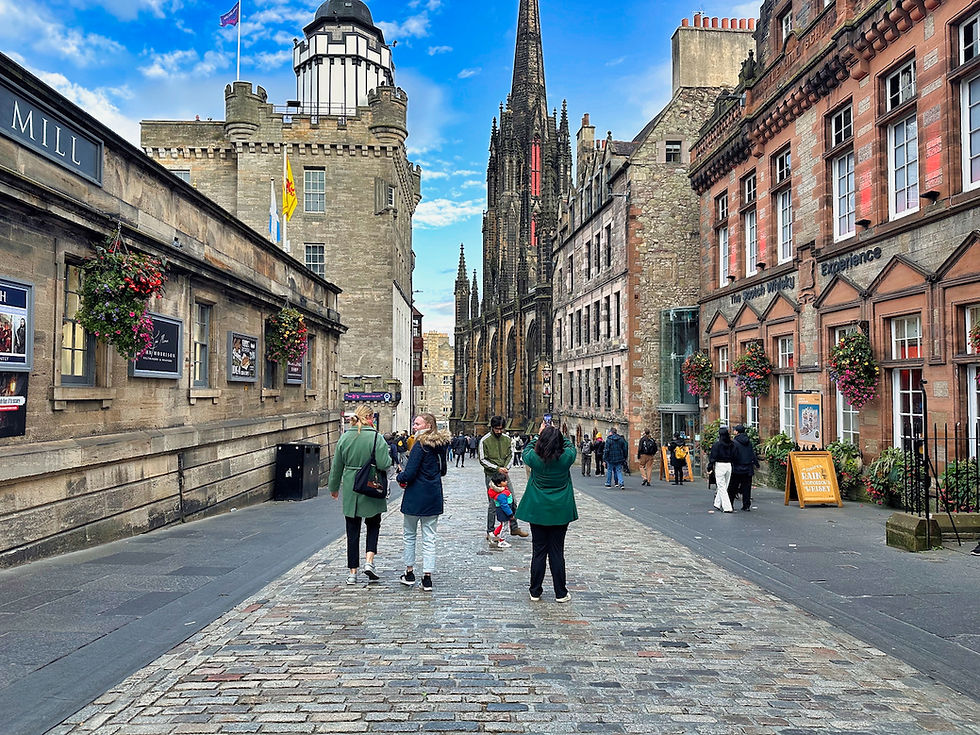
The Royal Mile ends at Edinburgh Castle. We didn't go in (tickets were sold out for the day) but we could see that they were still disassembling seating stands from the annual Edinburgh Festival which is held each August. The Tattoo, a performance featuring bands and military units from throughout the British Commonwealth, is held in front of the Castle.

Walking down a different route, we reached the Princes Street Gardens. Looking up, we could see the sprawling Castle above on its sheer 443-foot precipice.

That evening, we got together with an old friend, Mike Bullock. For about 15 years, the house next door to us in Virginia was rented by the British Embassy, and whoever was the Royal Navy's representative would live there with their family. Mike was one of those neighbors. Now retired from the Royal Navy, he's CEO of the Northern Lighthouse Board, which oversees all lighthouses in Scotland and the Isle of Mann.

Mike took us to a wonderful restaurant onboard the Fingal, a retired lightship that has been converted into a luxury hotel. It was great to catch up with him!
Based on Mike's recommendation, before we left Edinburgh the next morning we visited the Brittania, Queen Elizabeth's formal royal yacht which was taken out of service in the 1990s. Several cities had put in bids to host the Brittania, and Edinburgh won the honor. You reach the yacht by walking through a shopping mall.

Great effort has been put in preserving the ship and its furnishings, and you can tour most spaces using an audio guide. We were able to visit the bridge, the garage where both a Land Rover and a Rolls Royce had been stored, Queen Elizabeth's and Prince Phillip's bedrooms, the dining room, and the Queen's private office.
We also visited other spaces like the laundry, the dinner china storage closet, and the engine room.
Leaving Edinburgh after just a two day visit, we drove south for a five day stay in the Yorkshire Dales, a land of limestone cliffs, green rolling fields, stone walls, and many, many sheep. Most of the Dales is a National Park.

We are big fans of James Herriot, a Yorkshire vet whose books like All Creatures Great and Small have been read by millions and made into multiple TV series, all filmed in Yorkshire. While we were in the Dales we visited the village of Grassington, where much of the latest BBC series has been filmed.

We stayed at a Bed & Breakfast in the small hamlet of Bainbridge. There are seven "dales" that make up the national park - Bainbridge is in Wensleydale.
On our drive to Bainbridge, we passed through rainstorms and were treated to some exceptional double rainbows.
The roads in the Dales are similar to those in the Lake District: narrow, twisting, and lined with rock walls on both sides of roads with no side curbs. Driving was an adventure, but at least we were more experienced and had our much smaller Fiat 500 to navigate with.

One of Jeannette's hobbies is felting with wool, and when we learned that the town of Skipton would be hosting "Yarndale," a large craft fair devoted to all things wool, we knew we had to go. She was in wool heaven!
Later that day we visited the large and fairly well-preserved ruins of Fountains Abbey, over 900 years old. It was active for hundreds of years until Henry VIII changed the state religion and took over all the Catholic properties, kicking out the monks.

The land was deeded to one of Henry's lords, and an estate on the grounds had beautiful water gardens. The whole property now belongs to the National Trust.

One day we traveled to Malham Cove, a limestone amphitheatre in the Yorkshire Hills.
There we visited with our friends Ros and Andy who we'd met the previous October during our photography workshop in the Dolomites.

Another day we drove a loop through Wensleydale and Swaldale (the "dale" just north of Wensleydale). We started with a tour of the Wensleydale Cheese factory, where they have a museum on the history of cheese in the area (such as cheesemaking by monks hundreds of years ago), a "free samples" area, and the ability to see the cheese manufacturing process in action through glass windows.
We learned that Wensleydale Cheese is a favorite of Wallace and Gromit, beloved stop-motion animation characters.

After our factory tour, we took a four-mile circle hike, recommended by the national park, through classic Yorkshire Dales scenery. We marveled at the lush brilliant green fields that stretched to the horizon.

Britain has "right to roam" laws allowing walkers access to both public and private lands. Trails criss-cross the landscape. Sharing the lands with sheep and cows can make the hiking interesting. The land is covered with stone walls constructed during the 19th century.
Every five or ten minutes, we needed to squeeze through "stiles", narrow openings in the rock walls that keep the sheep in place but allow hikers to continue moving.
About halfway through the hike we visited the Hardraw Force waterfall. It's on private land, and we had to pay admittance at the pub to gain access. After viewing the falls we had tea and scones at the pub before continuing with our hike.
After finishing our hike we drove up and up a steep single-lane road to cross Buttertubs Pass. There were no sheep at the top - just a spectacular view of rolling hills.

We drove past the Ribblehead Viaduct, an impressive example of Victorian-era railway engineering with 24 stone arches, some of which are over 100 feet tall.

While passing through Swaldale, we came on this old phone box. Many of Britain's classic red phone boxes have been put to new purposes. During our travels in the UK, we also saw ones that were WiFI access points or turned into Little Lending Libraries.

Continuing our drive, we stopped by Castle Bolton. Unfortunately, we arrived 15 minutes before closing time so were not able to tour it.

We then drove to the town of Aysgarth to visit Aysgarth Falls, made up of three cascades on the Aysgarth River over the space of about a mile. The water was quite brown. At first we thought it was due to tannin, but we did not see any pine trees. We learned from another visitor the brown color comes from the peat covering the landscape.
On our final day in Yorkshire, we headed uphill from Bainbridge to visit Semer Water, the 2nd largest lake in the Dales.

We had ample opportunity to practice our stile wall-crossing techniques again.
In the afternoon, we drove to the market town of Richmond and spent time wandering the ruins of its beautiful castle.

We were able to climb to the top of the tower for great views of the town and countryside.

We really enjoyed our time in Yorkshire and hope to come back again someday. But it was time to move on to our last destination, London, before flying home. More about that in our next blog post.

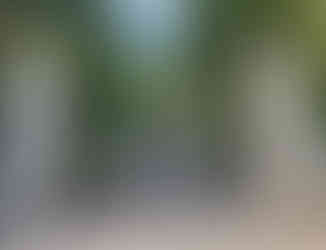





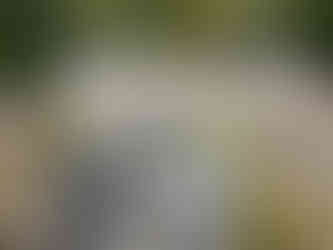




























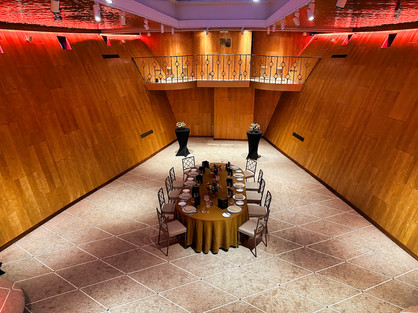
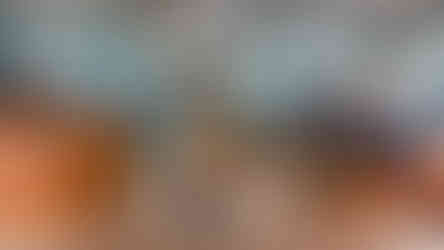



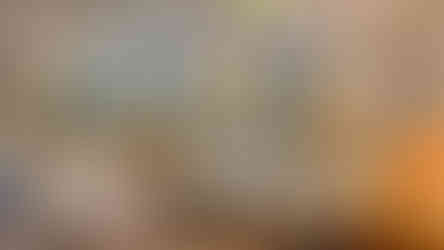













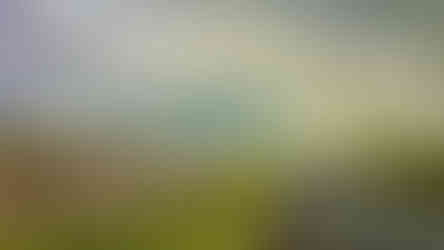

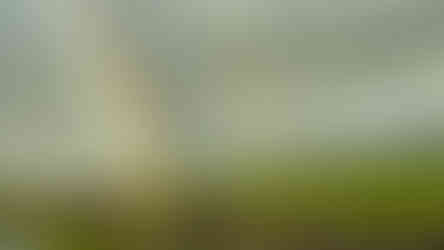





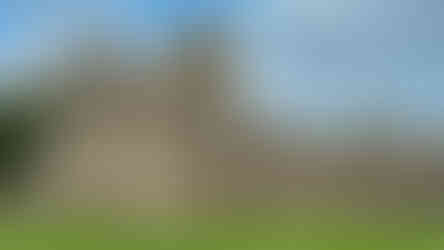







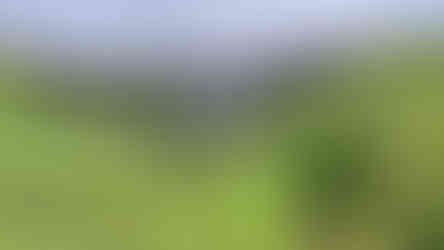




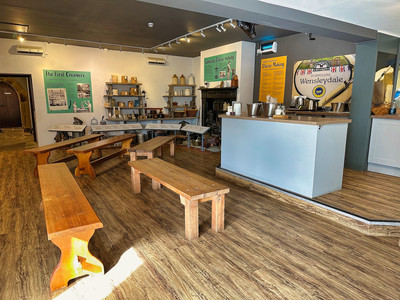


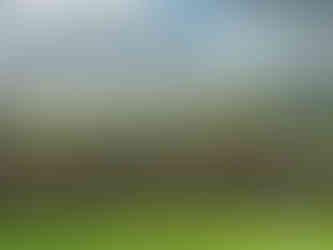

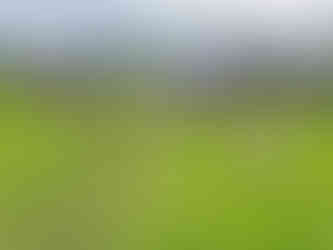





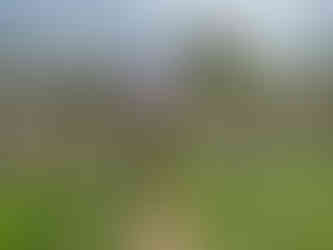







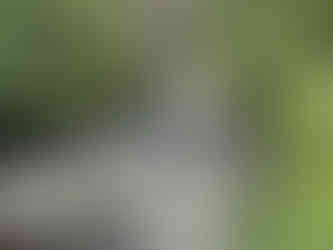





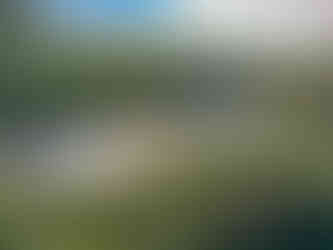

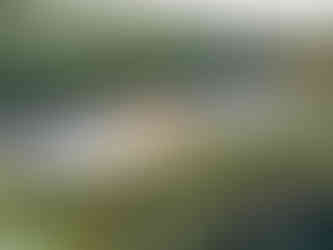

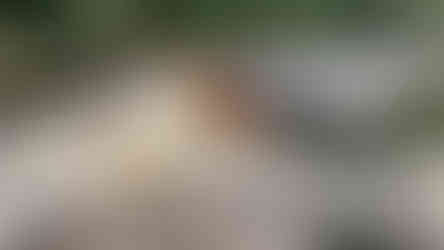

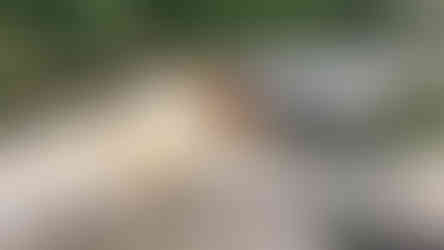





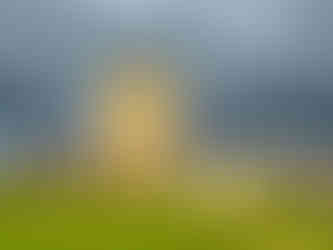





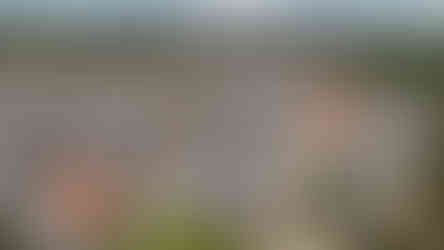



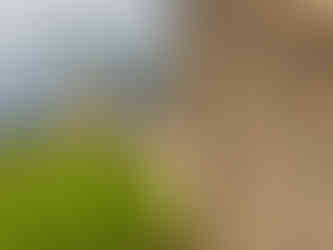




Comments